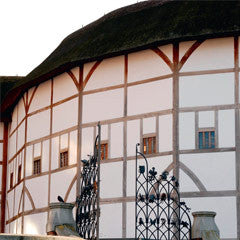
Dramatic Play: Discovering Shakespeare in the primary classroom
£14.95
‘Let us on your imaginary forces work!’ Henry V.
Is there an engaging way to investigate Shakespeare in the primary classroom? Yes. Exploring Shakespeare’s language through ‘active play’ can awaken our imaginations and transport us to new and familiar worlds.
This scheme of work enables students to discover the historical and cultural context of 16th-century England. By investigating the structure of the Globe Theatre and social conventions of the time, children can apply this information to help solve problems confronting Romeo and Juliet during the first three acts of the play.
Each lesson encourages students to question, consider and predict how Shakespeare shaped the ‘dramatic play’ in Romeo and Juliet to excite and move his contemporary audience and continue to inspire writers, actors and audiences in the 21st century.
The scheme is linked to the Key Stage 2 speaking, listening, group interaction and drama objectives from the National Curriculum for English. Elements of PSCHE are woven into the plan and the students are actively encouraged to make connections and develop their critical thinking through drama.
Learning objectives:
By the end of this scheme the students can:
- speak with confidence in a range of contexts about the storytelling choices that Shakespeare made as a playwright
- understand the structure and importance of the Globe theatre in 16th-century England
- listen, understand and respond appropriately to each other in group and whole-class discussions
- ask relevant questions to clarify, extend and follow up ideas in in-role activities
- talk effectively as a members of a group, qualifying and justifying their opinion or idea
- use dramatic techniques to explore the text to understand the characters’ actions and choices in the play
- evaluate how they and others have contributed to the shared drama
- apply their experiences to respond creatively in their writing
Number of lessons: 5

